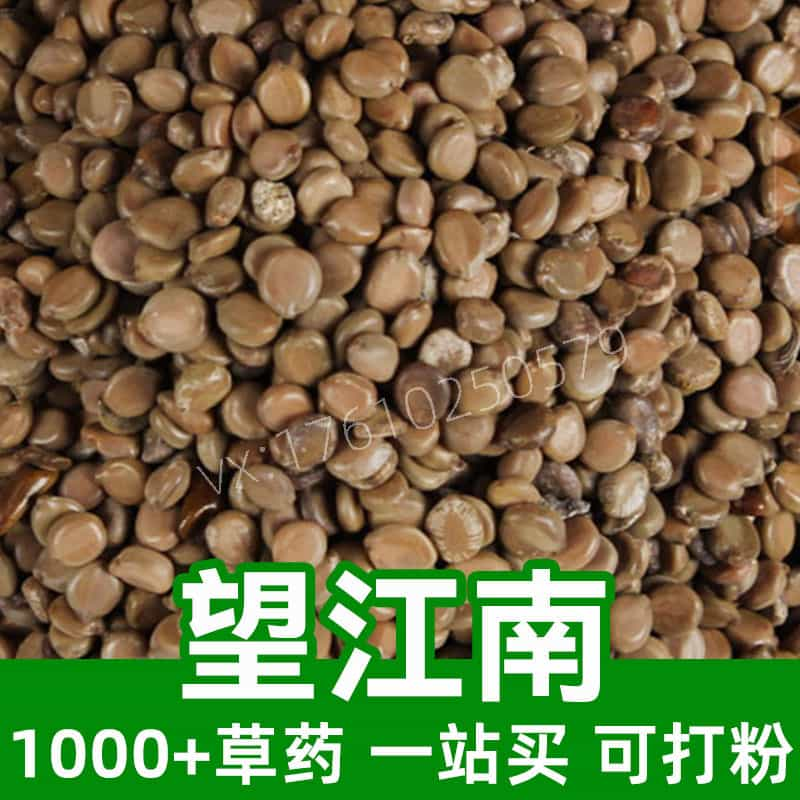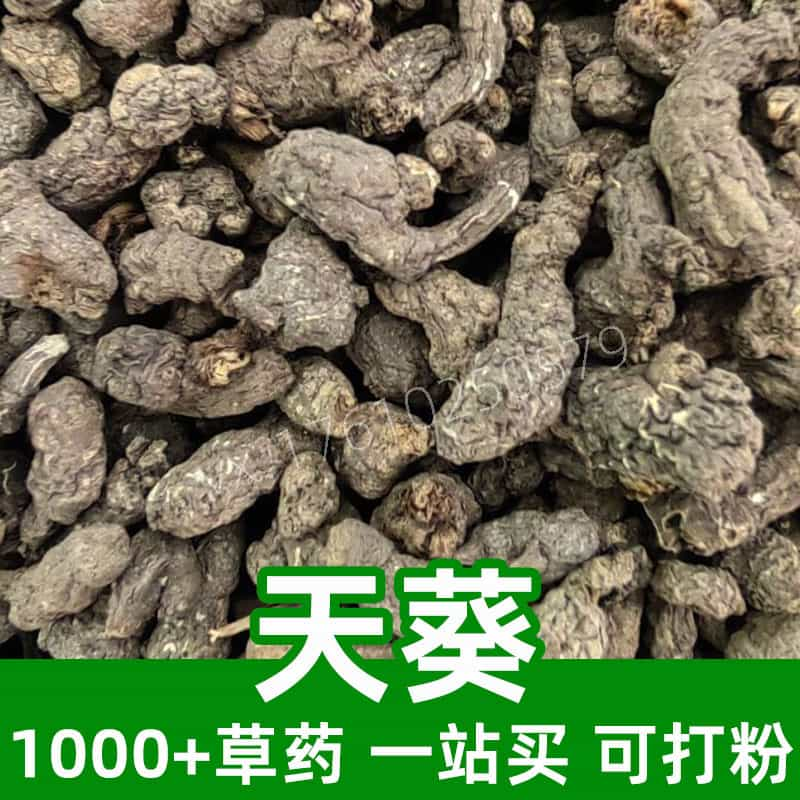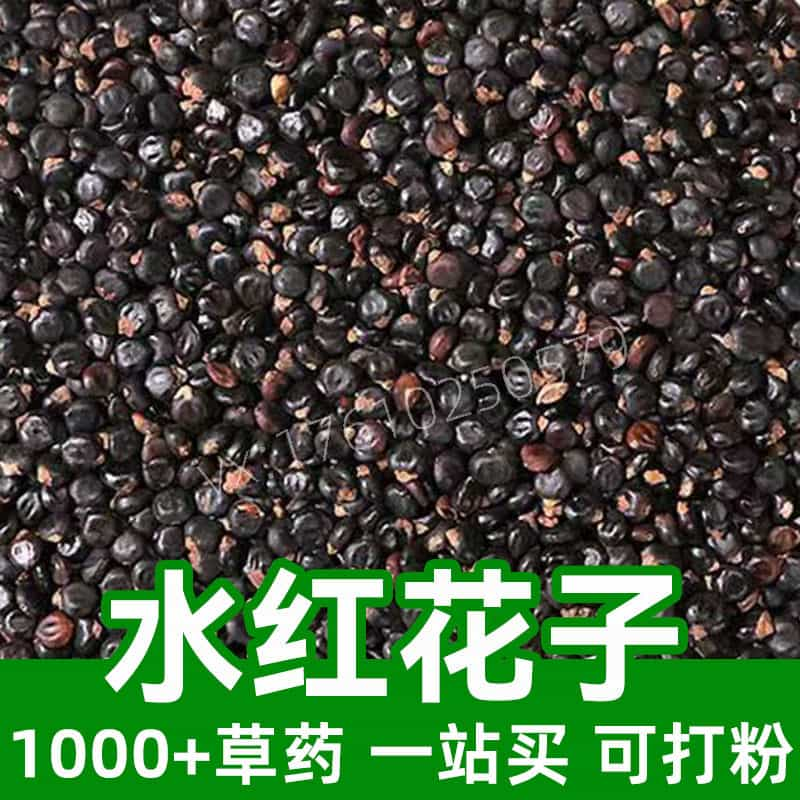Product Introduction
Buddleia flower, commonly known as the Butterfly Bush or Summer Lilac, is an herbaceous plant native to temperate regions of Asia and the Americas. Renowned for its attractive, fragrant flowers that bloom in clusters, Buddleia is not only used ornamentally in gardens but is also valued in traditional herbal practices. The flowers are typically harvested during their peak blooming period when they exhibit the richest aroma and color.
In traditional Chinese medicine, Buddleia is celebrated for its harmonious properties and is believed to support the liver and respiratory functions. The flowers are often utilized in various forms, such as teas, tinctures, and as flavor enhancers in cooking, showcasing their versatile application in both cuisine and herbal practices. The primary active compounds include flavonoids and essential oils, which contribute to Buddleia’s complex flavor profile and potential benefits.
Furthermore, its availability throughout the summer months makes Buddleia a staple in herbal formulations aimed at enhancing wellness. As an aromatic herb, it is also used in the production of perfumes, adding a sweet, floral note that enhances sensory experiences. Through its historical and contemporary uses, Buddleia continues to captivate enthusiasts of herbal medicine and gardening alike.
Main Active Ingredients
The primary active ingredients in Buddleia flower include essential oils, flavonoids, and phenolic compounds. Each of these compounds contributes to the flower's aromatic profile and potential benefits in herbal practices.
1. Essential Oils
Buddleia flower is rich in essential oils, which not only provide its characteristic fragrance but also exhibit various properties. The essential oil components include a mix of terpenes and aromatic compounds that can promote relaxation and enhance mood.
2. Flavonoids
Flavonoids are known for their antioxidant properties and play a significant role in traditional herbal medicine. In Buddleia, common flavonoids include quercetin and kaempferol, which support cellular health and are beneficial in alleviating oxidative stress. These compounds are recognized for their potential to promote overall wellness, making Buddleia a favorable ingredient in health concoctions.
3. Phenolic Compounds
Phenolic compounds in Buddleia contribute to its flavor and aroma and may possess anti-inflammatory properties. These compounds help protect the plant from oxidative damage and are beneficial in various culinary applications, enhancing both the taste and health benefits of food.
4. Other Compounds
Additional constituents such as tannins and saponins can be identified in Buddleia flowers, each contributing to various health properties in traditional contexts. The holistic profile of Buddleia flower’s active constituents enhances its use not only in teas and tinctures but also in topical applications and culinary uses.
In summary, the synergy of these chemical components makes Buddleia a complex herb that serves both as a flavoring agent and a traditional remedy in various applications.
Product Application Scenarios, Usage, and Dosage
Buddleia flower is mostly used within the realms of traditional Chinese medicine and the culinary field. Its versatility allows it to be consumed in various forms, including infusions, tinctures, and as an aromatic component in foods.
Traditional Chinese Medicine
In traditional Chinese medicine, Buddleia is often used to support digestive and respiratory health. Herbalists may recommend consuming Buddleia flower as a tea brewed from dried flowers. To prepare a typical tea, 3-5 grams of dried Buddleia flowers are steeped in boiling water for 10-15 minutes. This infusion can be consumed 1-3 times a day, depending on individual needs and recipes.
Culinary Uses
In culinary applications, Buddleia flower can lend its sweet floral notes to desserts, salads, and beverages. The flowers can be used fresh as a garnish or in syrups and flavored syringes. It is recommended to use the flowers sparingly due to their intense flavor, typically adding a small handful to salads or desserts, sufficient to impart flavor without overwhelming the dish.
Dosage and Safety
The appropriate dosage can vary based on the form of consumption and individual health considerations. It is generally advised to consult a qualified herbalist or healthcare professional before incorporating Buddleia into one’s regimen, especially for those with underlying health conditions or those who are pregnant or nursing.
The use of Buddleia flower is not only limited to direct consumption but also includes its use in creating home remedies or herbal preparations. The aromatic qualities make it an excellent ingredient for potpourri or herbal sachets, enhancing the sensory environment of homes.
In summation, the applications of Buddleia flower extend across various domains, offering an aromatic and flavorful component to both culinary and medicinal practices.
Introduction to the Source Plant, Distribution, and Growth Environment
Buddleia, commonly referred to as Buddleia davidii, is a flowering shrub belonging to the Loganiaceae family. This resilient plant can reach heights of up to 3 meters and is recognized for its abundant and colorful blossoms, primarily found in purples, pinks, and whites. The plant thrives in temperate climates, which allows it to flourish across various regions in Asia and Europe.
Distribution
Originating from China, Buddleia has adapted to a variety of environments outside its native habitat, establishing itself across Europe, North America, and New Zealand. This adaptability is one reason for its popularity in gardens, where it serves as both an ornamental flower and a means of attracting beneficial insects, particularly butterflies.
Growth Environment
Buddleia flourishes in sunny locations and well-drained soils, favoring dry to moderately moist conditions. The plant demonstrates remarkable resilience, capable of withstanding drought conditions after establishment. Buddleia grows well in various soil types, showing an ability to adapt to poor soil conditions.
Agricultural Practices
Given its thriving nature, Buddleia is relatively low-maintenance once established. Cultivators often propagate the plant through cuttings or seeds, ensuring that optimal growing conditions, such as adequate sunlight and watering, are met to promote lush growth and abundant flowering. Each spring, the plant is typically pruned to encourage vigorous flowering and to maintain its shape.
In essence, Buddleia serves not only as a treasured ornamental plant but also as an integral component in herbal traditions. Its ability to thrive in diverse environments, combined with its cultural significance, establishes Buddleia as a noteworthy plant in both horticulture and herbalism.
Harvesting, Processing, and Storage
The proper harvesting and processing of Buddleia flowers is essential to preserve the aromatic and therapeutic qualities that they offer.
Harvesting
Harvesting Buddleia flowers should be conducted during the peak blooming period in late summer when the blossoms are fully open and fragrant. This is typically observed between July and August, depending on the local climate. The flowers can be harvested by snipping off the flowering clusters with sharp scissors or garden shears, ensuring minimal disturbance to the plant to promote continued blooming.
Processing
Once harvested, Buddleia flowers should be gently shaken to remove dust and small insects. They can be used fresh or dried for later use. To dry the flowers, they should be spread out on a clean, dry surface, away from sunlight, in a well-ventilated area. This process may take several days, during which the flowers are regularly checked for moisture levels to prevent mold formation.
Storage
Once dried, Buddleia flowers should be stored in airtight containers, preferably in dark glass jars to shield them from light. The jars should be labeled with the date of harvest to monitor freshness. Stored in a cool, dry place, dried Buddleia flowers can retain their properties for 1-2 years. It is advisable to check the containers periodically to ensure they remain sealed and free from moisture.
In conclusion, by adhering to proper harvesting and processing methods, the aromatic and flavorful attributes of Buddleia flower can be effectively preserved for future use in both culinary and medicinal applications. This meticulous process underscores the value of Buddleia in traditional herbal practices while also enhancing its appeal as a delightful addition to culinary endeavors.
Monica Sun is a seasoned expert in the natural raw materials industry, with over a decade of experience specializing in traditional Chinese medicinal herbs, spices, and fungi. She is skilled in the sourcing, processing, and application of these materials, emphasizing sustainability and innovation. Monica Sun has contributed to the development of high-quality natural raw materials that serve as essential components in functional foods, pharmaceuticals, and cosmetics, delivering tailored solutions to meet diverse market needs.














